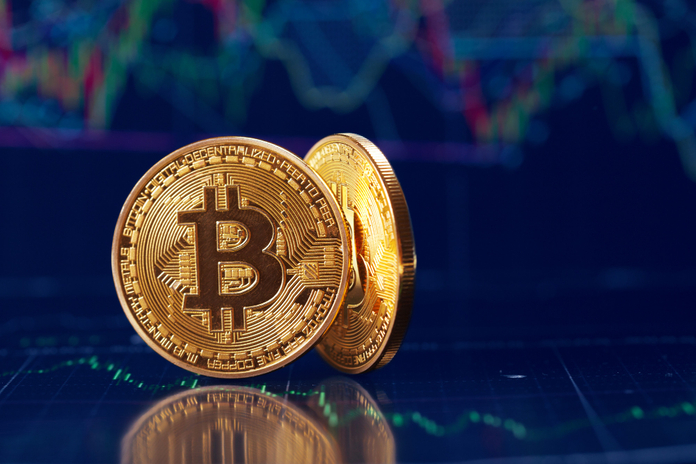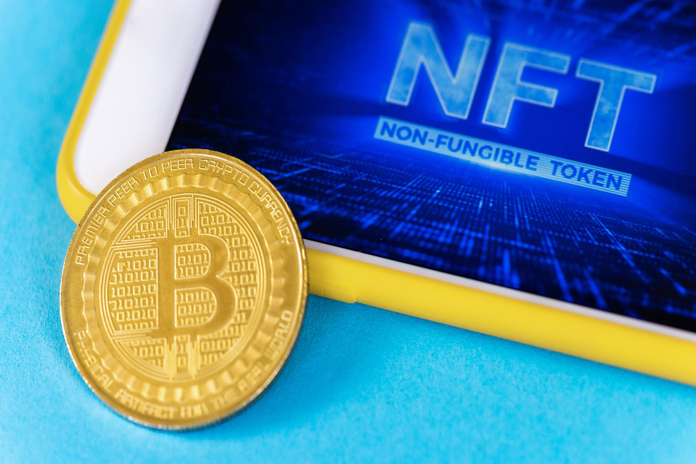This post was originally published on this site
The non-fungible token market witnessed a remarkable surge as the Pudgy Penguins collection took the top spot in daily sales, generating over $1.14 million. This milestone, achieved on Monday, highlights the continued popularity and demand for unique digital assets within the NFT space. This article explores the significance of Pudgy Penguins NFT sales, the broader market implications, and the leading collections that are shaping the future of digital art and collectibles.
Pudgy Penguins Leads the NFT Market
Pudgy Penguins, an Ethereum-based NFT collection, has captured the attention of collectors and investors alike, leading the market with $1.14 million in daily sales. According to data from CryptoSlam, this surge in sales was driven by 50 unique buyers and 54 sellers, resulting in 62 total transactions for the day. The average price for a Pudgy Penguin NFT stood at approximately $18,529, reflecting the high value that collectors place on these digital assets.
The collection’s all-time sales volume has now reached nearly $396.88 million, solidifying its position as the 18th-largest NFT collection in the world. Pudgy Penguins is now just $3 million away from surpassing the Cool Cats collection and claiming the 17th spot in the rankings. This growth underscores the ongoing appeal of NFTs and the potential for collections like Pudgy Penguins to continue rising in value and influence.
Competitive Landscape: Milady Maker and Mad Lads
While Pudgy Penguins led the market, other NFT collections also saw significant sales activity. The Milady Maker collection ranked second with a daily sales total of $766,284. This Ethereum-based collection recorded 62 unique buyers and 75 sellers, with an average NFT price of $9,579. Milady Maker’s strong performance demonstrates the diversity of interests and preferences within the NFT community, where various collections can thrive simultaneously.
Mad Lads, a Solana-based NFT collection, took the third spot with daily sales of $669,964. The collection has quickly become a favorite among Solana enthusiasts, now ranking as the second-largest collection on the Solana blockchain, just behind Solana Monkey Business. The average price for a Mad Lads NFT was $5,982, contributing to an all-time sales volume of $203.11 million. This performance highlights the growing prominence of Solana as a platform for NFTs, offering a competitive alternative to Ethereum.
Ethereum’s Dominance in the NFT Market
Ethereum continues to dominate the NFT market, hosting some of the most popular and valuable collections, including Pudgy Penguins. On the same day that Pudgy Penguins led the market, Ethereum’s daily sales volume reached $6.53 million, marking a 49.5% increase from the previous day’s $4.23 million. This surge in sales activity demonstrates Ethereum’s continued leadership in the blockchain space, particularly in the realm of digital collectibles and art.
Veteran Ethereum NFT collections such as CryptoPunks and Bored Ape Yacht Club also remained strong contenders in the market. CryptoPunks generated $629,294 in sales, while Bored Ape Yacht Club recorded $508,946. These collections have consistently been at the forefront of the NFT movement, setting benchmarks for value and community engagement.
The Future of NFTs: What’s Next for Pudgy Penguins?
As Pudgy Penguins continues to climb the ranks of the NFT market, its future looks promising. The collection’s ability to generate significant sales in a competitive environment suggests that it will remain a key player in the digital art and collectibles space. With the NFT market showing no signs of slowing down, the potential for further growth in both the value and cultural significance of Pudgy Penguins is substantial.
Moreover, the success of Pudgy Penguins highlights a broader trend within the NFT space: the growing demand for unique, community-driven digital assets. As more collectors and investors enter the market, collections that offer strong community engagement, distinctive artwork, and compelling narratives are likely to thrive.
Conclusion
The surge in Pudgy Penguins NFT sales to over $1.14 million reflects the dynamic nature of the NFT market and the continued appeal of digital collectibles. As Ethereum maintains its dominance and other collections like Milady Maker and Mad Lads emerge as strong competitors, the NFT landscape is becoming increasingly diverse and exciting. With the potential for further growth, Pudgy Penguins and similar collections are poised to shape the future of digital ownership and art.
Featured Image: Freepik
Please See Disclaimer










